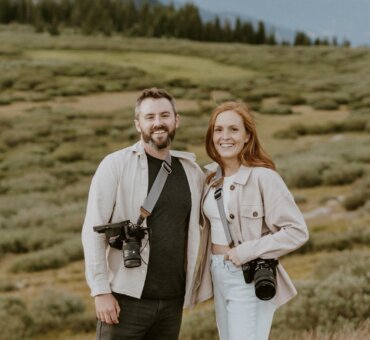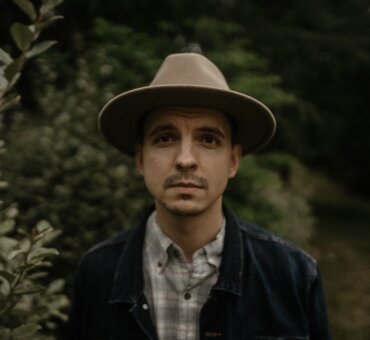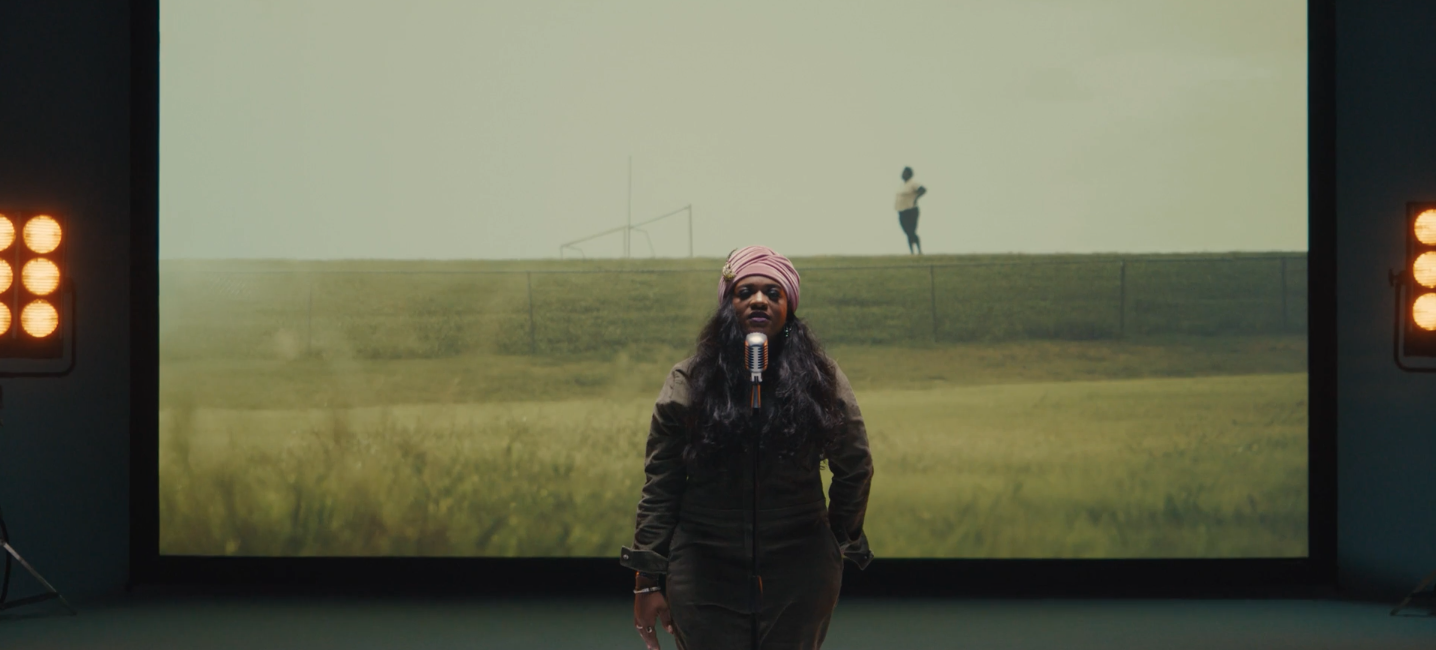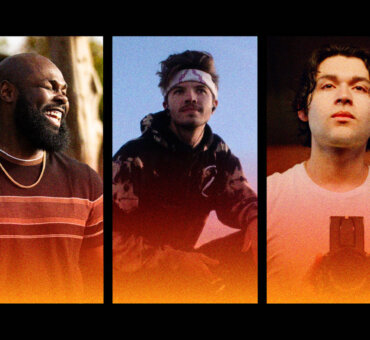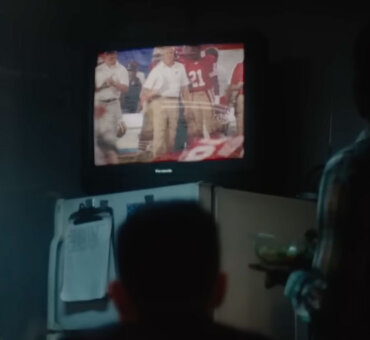The creatives at Blue Ox Films know the weight and importance of music as much as we do, and we had the chance to talk with them about their work on The CW’s All American Stories.
The eight-part docuseries brilliantly mixes songs from across our roster of artists in several different genres, including Ryan Taubert, Sharon Irving, Sonny Cleveland, and Warcub. Each selection was carefully curated to create a perfectly aligned timeline, as Co-Founder Taylor Kavanaugh puts it:
“When you’re looking at your edit timeline, the story, the dialogue, the B-roll, the music, the sound design, these other factors, do they all align? If all those factors on your timeline align perfectly, and they’re all intentionally placed, that’s when viewers have an emotional reaction and get goosebumps. Music is a huge driver of that.”
In our conversation, Taylor explains the importance of music to Blue Ox, how they narrowed down hundreds of different tracks from Musicbed, and came face to face with the commonality all artists share in the process.
What was the overall response to All American Stories?
Taylor Kavanaugh: The number-one question we got was, “How’d you find the stories?” And the second piece of feedback was that the music was perfect. Every single person we interviewed, every single story, had its own vibe. The music was present, but it wasn’t distracting. It added to everything. Actually, one of the first notes we got from The CW was that they originally wanted us to use their network music library. It wouldn’t have cost anything, but we can’t make films where the sound just isn’t quite there.
We use Musicbed for almost every commercial project, and we told the network, “We have to use their team.” That’s when we were able to reach out to the team over there. Musicbed made it work. It paid off because without good sound design, especially music, the visuals fall flat. They lack emotive elements.
How so?
That’s a fascinating psychology question at its root. It’s funny how we attribute certain tones and feelings to certain sounds. It’s such an underappreciated and misunderstood factor in filmmaking: how critical sound is to a project. If you watch a horror movie without sound, it’s not that scary. The same goes for emotive, heartfelt, or even action content. You listen to it without music or sound design, and it falls flat.
When you’re looking at your edit timeline, the story, the dialogue, the B-roll, the music, the sound design, and these other factors, do they all align? If all those different factors on your timeline align perfectly and they’re all intentionally placed, that’s when viewers have an emotional reaction and get goosebumps. Music is a huge driver of that.
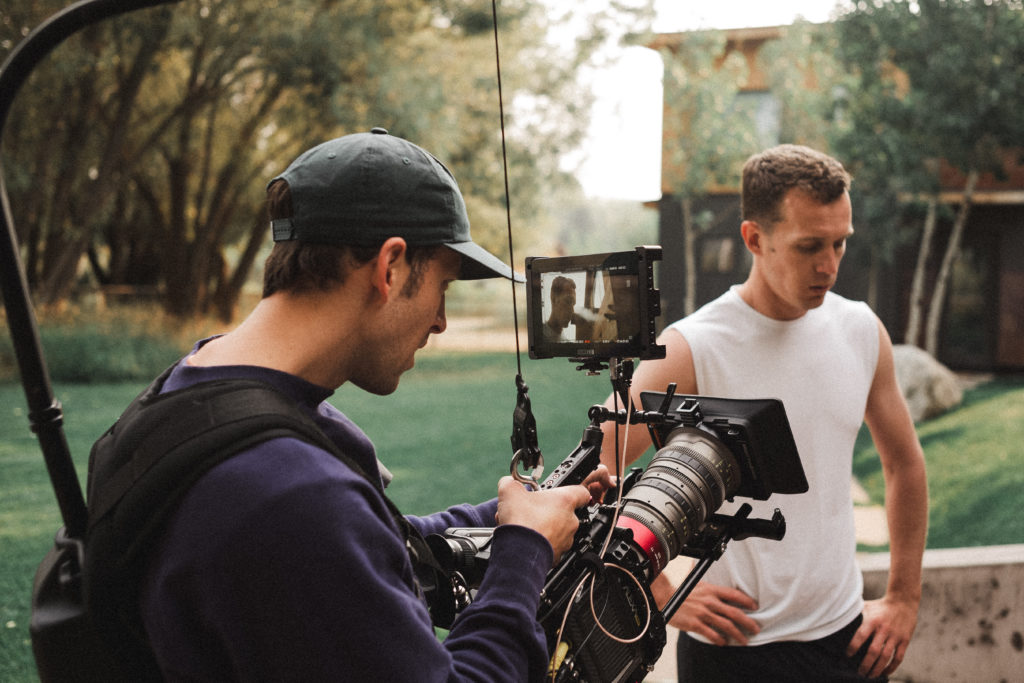
How do you begin to narrow down the sound for each of the eight stories?
In our branded content, music isn’t something where we say, “Okay, let’s throw the story and the edit together and then just pick some tracks.” That’s certainly not the way we worked on this project. One of the first creative steps we took was establishing music and tonality that we could revisit, even as we were drafting up shot lists.
One of the first steps for us was downloading hundreds and hundreds of tracks from Musicbed, and then slowly curate them. What tonality, vibe, person, or story might this fit? We created a folder of around 60 different tracks for each story. As the edit started to take shape, we listened to each, identifying which of the tracks added value or spoke to what our subject was trying to say. We asked how does it lift it up and fill in the gaps?
Lastly, we’re always really keen on music cutting. We don’t just drop in a song from beginning to end. We really finesse it and tweak it and make sure that all of those individual elements of a song—the ups, downs, hits—are coming in at the right time and are really thoughtful. That’s always part of the process.
As you narrow down songs is it a visceral reaction or is it informed by something specific in the story?
It can be both, but it’s so much more nuanced than that. It’s one of those things that you just know. With our team, we’ve created a shared standard of what sounds premium, and what has the right emotive elements. Then, you get some of the story laid down, listen to 10 songs, and know when you hear the right one.
Like I said, for a six-minute feature we’ll get maybe 60 songs that are in the zone and span the spectrum of a lower emotion or higher energy. We’ll go through that folder and rank the good, better, and best songs, and then our team collectively will take a listen. We immediately know which one’s the one. Once you do the work distilling and organizing the songs, it’s usually a very easy decision.
How do you know the viewer is going to have the same reaction?
People don’t like when you’re trying to do too much, or if you’re trying to be cute. You have to be real and authentic. That goes for the selection of shots and certainly the selection of music. You don’t want to do too much.
People pay attention to the story and the human who is telling the story. The music just gently has a hand on the viewer’s back, pushing them in a direction. They realize later that, in all eight of these edits, the music is on-point. It just felt right. It shouldn’t stand out in any way unless you’re making a statement.
And the theme of the show, “This Will Be the Day” by Lady Bri, is a great example of a statement. We were looking for a title sequence song for the entire show and podcast. We had it narrowed down to three songs, and she just stood out as a clear favorite. The lyrics of her song were so on point with the stories we were telling. It was a really cool song to use throughout.
We ended up reaching out to her management through Musicbed and said, “Hey, this theme song is really powerful in the series. Could we do a little music video shoot with Lady Bri and create a cool piece of content?” We recorded a performance with her and flashed images from the show.
We showed all the episodes to her beforehand. Just like all of these athletes, she’s still on a journey in her own career. She had an emotional reaction to the show, seeing images of people who are on the same journey as her, just in a different way. It was a powerful moment and it spoke to the emotion and the humanity of the project. When it comes down to it, we’re all just artists trying to make great work. It’s as simple as that.
Music is just half of the story. Read our interview with Taylor about how the team at Blue Ox brought this project to life and pitched the concept to the CW.





































































